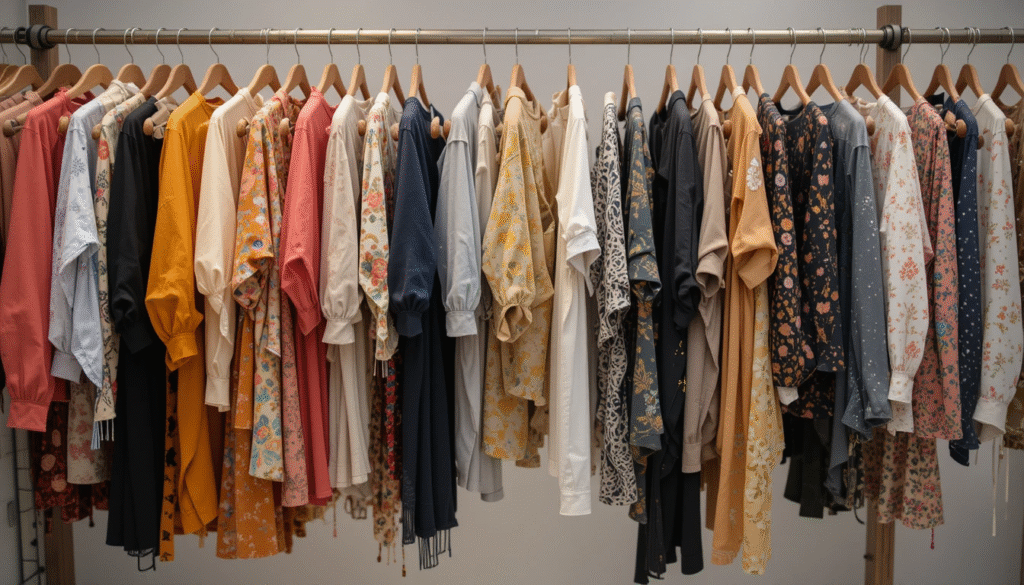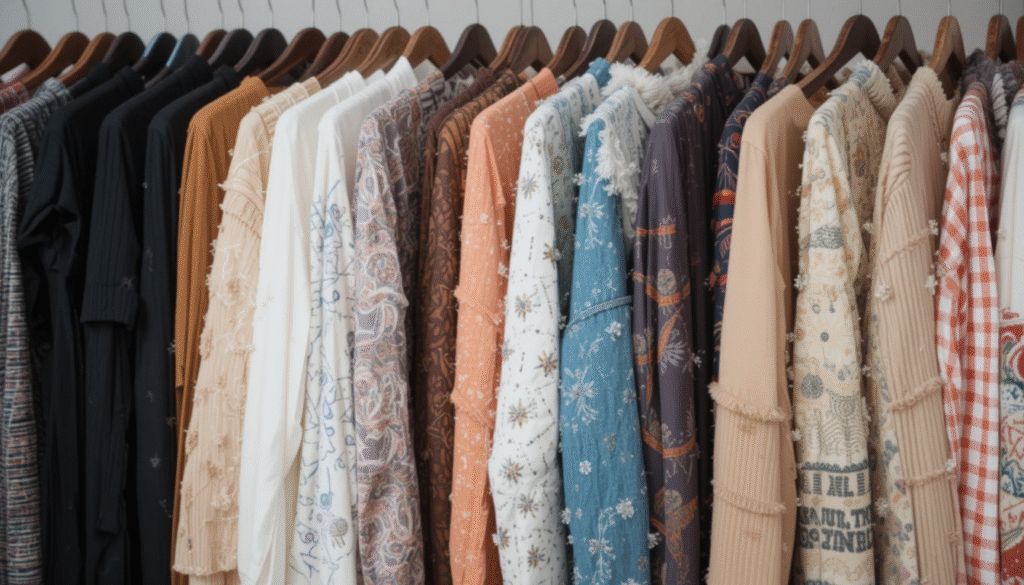In a world where fashion trends shift as quickly as the seasons, the rise of sustainable style is more than just a trend — it’s a movement. As climate change, pollution, and labor exploitation increasingly make headlines, consumers are rethinking the impact of their wardrobe choices. Sustainable style represents the intersection of fashion and responsibility, offering a conscious alternative to the fast fashion model that has long dominated the industry. But what does sustainable fashion truly mean, and how can we all be part of the solution?

What is Sustainable Style?
Sustainable style, often referred to as eco-fashion or slow fashion, is about designing, producing, and wearing clothes in a way that reduces negative environmental and social impacts. It encompasses the entire lifecycle of a garment — from the raw materials used, to how it’s made, transported, sold, worn, and ultimately discarded.
At its core, sustainable fashion promotes:
- Ethical labor practices
- Minimal environmental harm
- Longevity in clothing
- Reduced waste and pollution
This approach challenges the “buy more, wear less” mindset encouraged by fast fashion, urging us instead to buy less, choose well, and make it last.
The Environmental Cost of Fast Fashion
To understand the importance of sustainable style, it’s vital to first examine the damage caused by the conventional fashion industry.
- Waste: Each year, over 92 million tons of textile waste is generated globally. Much of this ends up in landfills, taking decades to decompose.
- Water Usage: Producing a single cotton shirt requires around 2,700 liters of water — enough for one person to drink for over two years.
- Pollution: The dyeing and treatment of fabrics pollute water systems, while synthetic fibers like polyester shed microplastics into the ocean during washing.
- Carbon Emissions: The fashion industry is responsible for up to 10% of global carbon emissions — more than aviation and shipping combined.
These statistics highlight the urgent need for a more thoughtful, planet-friendly fashion system.

Principles of Sustainable Style
1. Eco-Friendly Materials
Sustainable clothing starts with the fabric. Eco-conscious brands are turning to materials like:
- Organic cotton (grown without harmful pesticides)
- Hemp (requires little water and no synthetic fertilizers)
- Tencel/Lyocell (made from wood pulp in a closed-loop process)
- Recycled fabrics (such as recycled polyester from plastic bottles)
These materials not only reduce environmental damage but also offer comparable or even superior quality to traditional textiles.
2. Ethical Production
Sustainability also means ensuring fair wages, safe working conditions, and respectful treatment for garment workers. Sadly, fast fashion has long been associated with sweatshops and labor exploitation. Brands committed to ethical production often get certified by organizations like Fair Trade, GOTS (Global Organic Textile Standard), or B Corp.
3. Durability and Timeless Design
Sustainable fashion favors quality over quantity. Instead of mass-producing trendy pieces meant to be worn a few times, sustainable brands create timeless designs that last for years — both in terms of style and durability. Fewer clothes bought and discarded means less strain on the planet.
4. Local and Transparent Supply Chains
Local manufacturing reduces carbon footprints from transportation. Additionally, transparency about where and how clothes are made allows consumers to make informed decisions. Brands that publicly disclose their supply chain are more likely to be held accountable.
5. Recycling and Circular Fashion
Circular fashion aims to create a closed-loop system where garments are designed to be reused, repaired, or recycled. Some brands now offer take-back programs or produce clothing from pre-loved or waste materials. The idea is to extend the life of textiles and eliminate waste altogether.
How to Embrace Sustainable Style as a Consumer
You don’t have to overhaul your entire wardrobe overnight. Here are practical steps anyone can take:
✅ Buy Less, Choose Wisely
Think before you buy. Ask yourself: Do I really need this? Will I wear it more than 30 times? Focus on high-quality basics and timeless pieces over short-lived trends.
✅ Support Sustainable Brands
Research and support brands that align with ethical and sustainable practices. Websites like Good On You rate brands based on environmental impact, labor rights, and transparency.
✅ Thrift and Swap
Second-hand shopping reduces demand for new production. Visit thrift stores, consignment shops, or online resale platforms like Depop, Poshmark, or ThredUp. Clothing swaps with friends are also fun and sustainable.
✅ Repair and Repurpose
Don’t toss clothes at the first sign of wear. Learn basic sewing skills or visit a tailor to repair rips or adjust fit. Old clothes can also be repurposed into cleaning rags, bags, or even upcycled fashion items.
✅ Wash Smart
Extend the life of your clothes by washing them less frequently, using cold water, and air drying. Use eco-friendly detergents and a microplastic filter if you wash synthetics.

The Role of Technology and Innovation
New innovations are reshaping the future of sustainable fashion. From 3D printing of clothes to biofabricated materials like mushroom leather (Mylo), technology is creating alternatives that are both stylish and sustainable. Some brands are even using AI and blockchain for better inventory management and supply chain transparency — reducing overproduction and waste.
The Cultural Shift: Fashion with Purpose
What once seemed like a niche or luxury lifestyle choice is becoming more mainstream. Influencers, designers, and even fast fashion retailers are beginning to acknowledge the importance of sustainability. Runways, fashion weeks, and even red carpets are starting to embrace eco-fashion.
But sustainability is not just about the environment — it’s about values. It’s about treating the people who make our clothes with dignity. It’s about mindfulness, creativity, and intention.
Challenges Ahead
Despite the growing momentum, sustainable fashion faces challenges:
- Greenwashing: Some brands falsely claim to be sustainable for marketing purposes.
- Cost: Ethical fashion often comes with a higher price tag, though it offers better longevity.
- Scale: Changing global systems and consumer habits takes time.
Yet, every conscious choice matters. Even small actions, multiplied by millions of consumers, can have a massive impact.
Final Thoughts: Style Meets Sustainability
Sustainable style is not about sacrificing fashion for ethics — it’s about redefining fashion itself. It’s a blend of creativity, innovation, and responsibility. When we embrace sustainable style, we not only look good — we do good.
Whether you’re a fashionista, a minimalist, or someone simply trying to live a more eco-conscious life, sustainable fashion offers a path that’s both stylish and significant. In the words of designer Vivienne Westwood: “Buy less, choose well, make it last.”